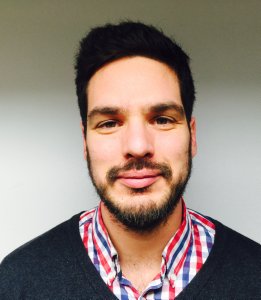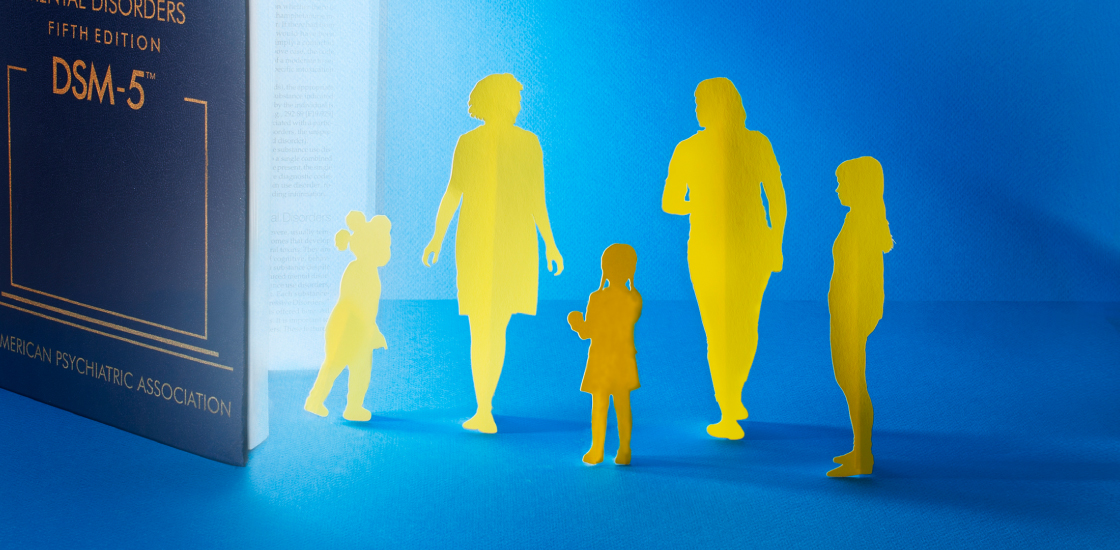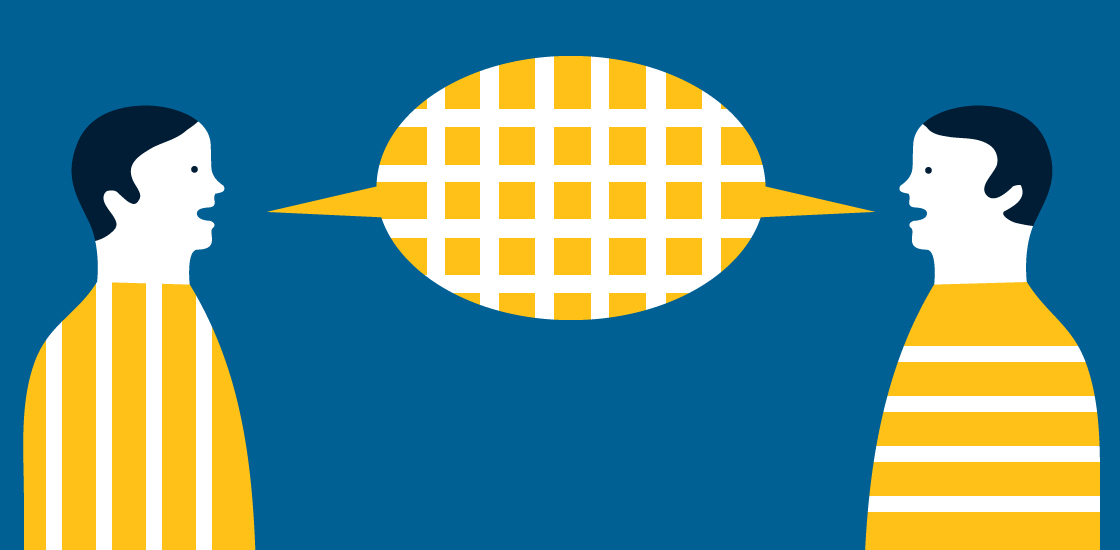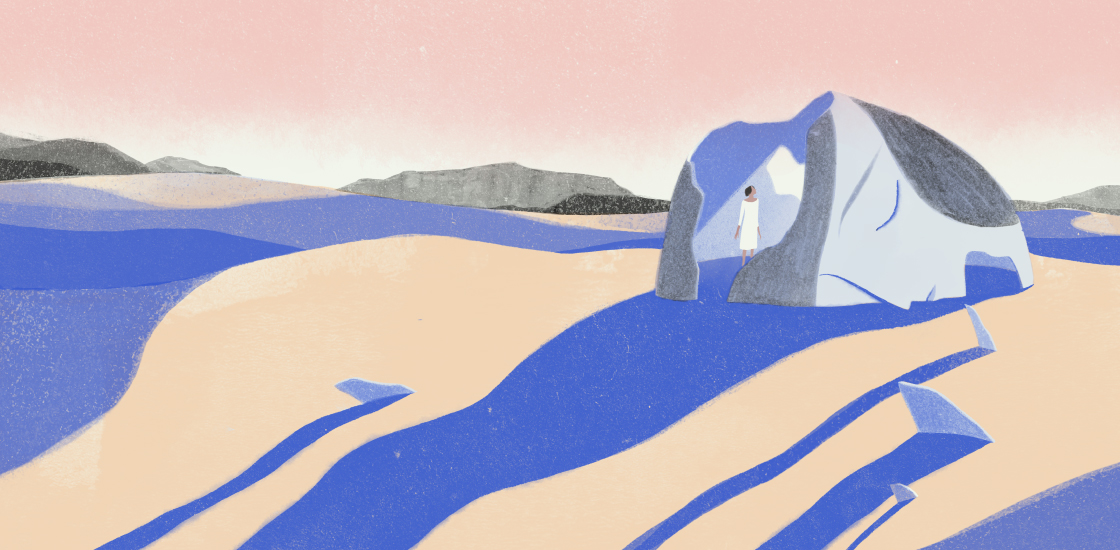William Mandy is professor of clinical psychology at University College London. He tweets @WillClinPsy.

William Mandy
Senior Lecturer
University College London
From this contributor
In DSM-5, guidance on girls with autism is short but savvy
The DSM-5 acknowledges how gender shapes autism more than any previous diagnostic manual has, but it’s time to fold in a few new findings.

In DSM-5, guidance on girls with autism is short but savvy
To partner with autism community, welcome dissenting opinions
Giving the autism community a voice in research means engaging in meaningful dialogue, not just making token gestures.

To partner with autism community, welcome dissenting opinions
Women with autism hide complex struggles behind masks
A new study shows that women with autism are continually misunderstood, work to camouflage their true selves and face a high risk of sexual abuse.

Women with autism hide complex struggles behind masks
Book review: Meet one person with autism
Taken at face value, a new translated memoir by a child with severe autism suggests that our official consensus needs a rethink, writes clinical psychologist William Mandy.
DSM-5 may better serve girls with autism
The newest edition of the Diagnostic and Statistical Manual of Mental Disorders overtly acknowledges that females with autism may have features that differ from those of males with the disorder, says William Mandy.
Explore more from The Transmitter
Some facial expressions are less reflexive than previously thought
A countenance such as a grimace activates many of the same cortical pathways as voluntary facial movements.

Some facial expressions are less reflexive than previously thought
A countenance such as a grimace activates many of the same cortical pathways as voluntary facial movements.
Cracking the neural code for emotional states
Rather than act as a simple switchboard for innate behaviors, the hypothalamus encodes an animal's internal state, which influences behavior.

Cracking the neural code for emotional states
Rather than act as a simple switchboard for innate behaviors, the hypothalamus encodes an animal's internal state, which influences behavior.
Alex Maier argues that a scientific explanation of consciousness requires grounding in formalized mathematics
When it comes to discovering laws of nature for consciousness similar to those in physics, Maier argues that integrated information theory is the only game in town.
Alex Maier argues that a scientific explanation of consciousness requires grounding in formalized mathematics
When it comes to discovering laws of nature for consciousness similar to those in physics, Maier argues that integrated information theory is the only game in town.
